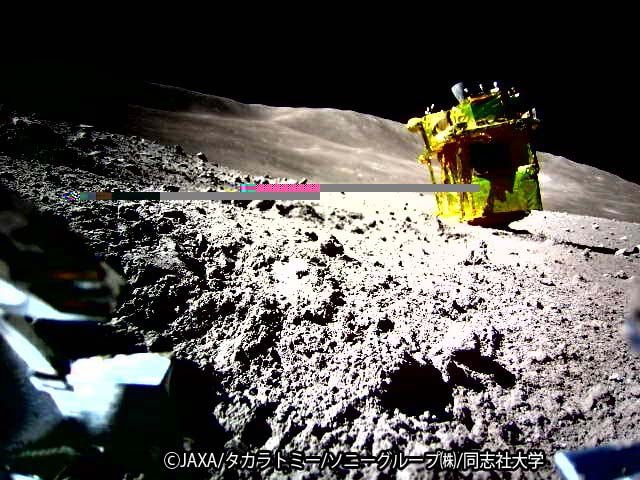Since the spacecraft was not upright, its solar cells weren’t able to generate power, forcing the spacecraft to shut down shortly after landing. On Thursday, the space agency said that it was still possible for the spacecraft to start generating power once the sunlight shifts to a position where it would illuminate the cells.
Two small probes did deploy, however, and one sent back the image of the spacecraft on the lunar surface.
The Japanese spacecraft, known as SLIM, or Smart Lander for Investigating Moon, is about the size of a delivery truck and was designed to use cameras and sensors to land precisely.
Despite the engine failure, the landing was a historic achievement for a country aiming to build its capabilities in space. It made Japan the fifth country — after the United States, the Soviet Union, China and India — to softly land a vehicle on the lunar surface.
In a press release, JAXA said that at an altitude of 50 meters, or just over 160 feet, “the thrust from one of the two main engines was most likely lost.” The spacecraft tried to control its horizontal position autonomously, but its lateral velocity was not what the spacecraft was designed to handle, resulting in it ending up on its side.
Still, the spacecraft was able to touch down just about 180 feet east of its landing site, achieving a precise landing, one of the main goals of the mission.
JAXA said in the release that it was investigating the apparent engine failure.
The mission came just days after a failed lunar landing attempt by a Pittsburgh company that was working in partnership with NASA. The spacecraft, developed by Astrobotic, started leaking fuel shortly after deploying from its rocket on the way to the moon, preventing it from reaching the surface. But it did travel deep into space, giving the company valuable data that it intends to use on future missions.
Next month, Intuitive Machines, an aerospace company based in Houston, plans a landing attempt of its own. If successful, it would be the first U.S. mission in more than 50 years to land softly on the moon, as well as the first commercial vehicle to land on the moon.



